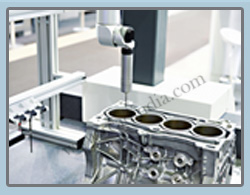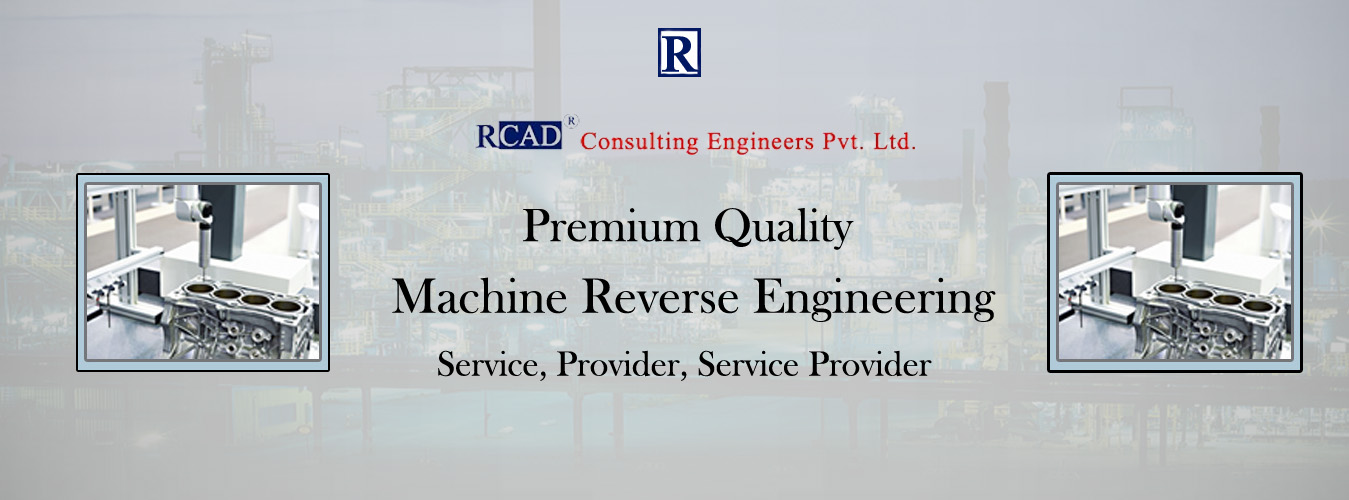Machine Reverse Engineering
Machine reverse engineering is the process of analyzing an existing machine or component to understand its design, functionality, and performance characteristics, with the aim of creating a digital model or drawing that accurately represents the original.
- The primary purpose of machine reverse engineering is to recreate a digital representation of an existing machine or component when original design data is unavailable, incomplete, or outdated. This can be necessary for various reasons, such as repairing, upgrading, or reproducing obsolete parts, improving design for optimization or customization, or conducting forensic analysis.
- The first step in reverse engineering is to collect data about the existing machine or component. This can involve various techniques such as 3D scanning, coordinate measuring, laser scanning, photogrammetry, or manual measurements using calipers, micrometers, and other tools.
- Once the data is acquired, it is processed to create a digital 3D model using specialized software such as CAD (Computer-Aided Design) or 3D modeling software. The model accurately represents the geometry, dimensions, and features of the original machine or component.
- Reverse engineering results in the creation of detailed documentation, including 3D models, drawings, and specifications, that accurately represent the reverse-engineered machine or component. This documentation is essential for manufacturing, quality control, and future reference.
- Reverse engineering is used in various industries, including automotive, aerospace, manufacturing, and consumer goods, to recreate parts, improve designs, troubleshoot issues, or replicate legacy systems. It is particularly valuable for maintaining and extending the lifecycle of existing equipment and machinery.
Purpose :
Data Acquisition :
3D Modeling :
Documentation :
Applications :








